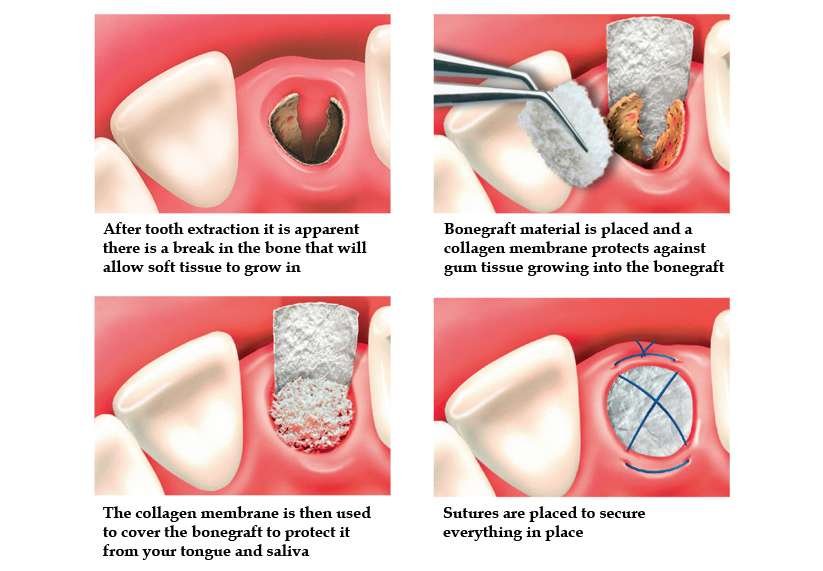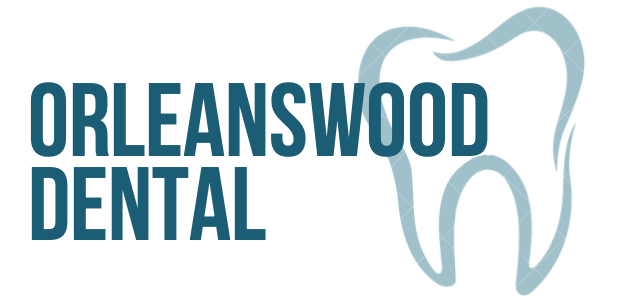Bone Graft
What Is a Bone Graft?
A bone graft is a dental procedure that adds bone material to areas with insufficient bone to support dental implants or restore jaw structure. It helps regenerate bone, providing a strong foundation for implants and improving overall oral health.
Types of Bone Grafts
Autograft – Bone is taken from your own body (usually from the jaw, hip, or chin).
Allograft – Bone is sourced from a human donor.
Xenograft – Bone is sourced from an animal (usually bovine).
Alloplastic Graft – Synthetic bone material is used.
Benefits of Bone Grafting
✔️ Creates a strong foundation for dental implants
✔️ Restores facial structure and prevents bone loss
✔️ Improves overall oral health and function
✔️ Encourages natural bone regeneration
How Is a Bone Graft Done?
Consultation – Your dentist assesses bone loss and discusses the best grafting option.
Preparation – Local anesthesia is applied for comfort.
Graft Placement – Bone material is placed at the treatment site.
Healing – Over the next few months, the graft integrates with your natural bone.

Is a Bone Graft Right for You?
A bone graft is ideal if you have bone loss due to tooth loss, gum disease, or trauma. It strengthens the jaw for dental implants and improves overall oral health. Talk to your dentist to see if a bone graft is the right solution for you!
Schedule Your Appointment Today
Contact us for Personalized dental care options

